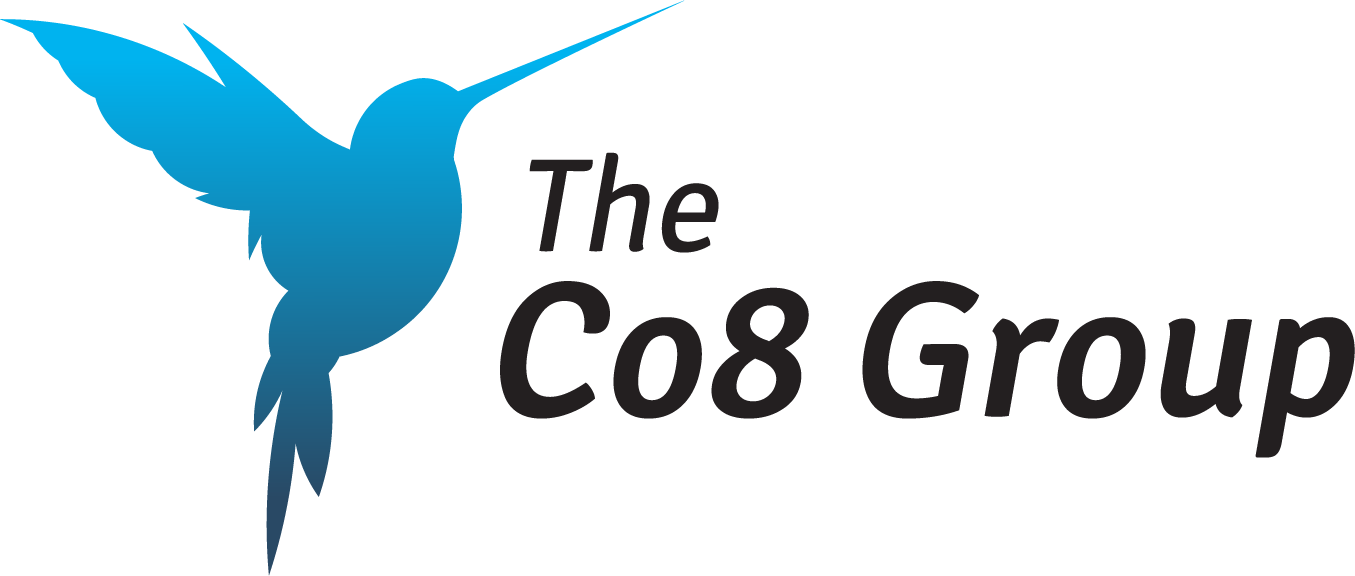Design Thinking - The What and the How
Why Design Thinking?
Design Thinking is a powerful framework supporting innovation, transformation and business agility. Design Thinking fosters curiosity, creativity and collaboration in organizations of all sizes and bring to bear products and services that customers connect deeply with, while driving results for the business.
How does Design Thinking work?
Design Thinking is a mindset, a practice and a set of tools. Design Thinking is human-centered, optimistic and rigorous.
Through Design Thinking, we develop a deep understanding of…
• the problem that needs to be solve
• the people we are designing for
• the many possibilities for solutions
Design Thinking is typically represented by 5 phases: Discover, Reframe, Ideate, Prototype and Test. It doesn’t matter where you jump in. The key is to learn first-hand from the people you are designing for, especially in the discovery and testing phases (no substitute here). While our first ideas for solving a problem are often adequate, taking time to understand the problem, consider multiple ideas, testing, evolving and pruning them - lead to stronger outcomes.
Design thinking has a natural rhythm of divergent and convergent thinking. Divergent thinking helps “open up” a problem space, learn from the people we are designing for, and consider multiple ideas. Convergent thinking synthesizes many ideas and insights into a set of viable options.
The Luma Institute cataloged over 1000 Design Thinking activities and tools. The single most powerful tool - which is free and always within reach - is reframing problem statements as “How might we…?” statements. By framing the problem as a question and removing solutions from the questions, we transform how we work and what we think is possible.
Benefits of Design Thinking
The benefits of Design Thinking are many. Through Design Thinking, organizations can…
• Solve increasingly complex and ambiguous problems
• Uncover and clarify the real problems and opportunities
• Evolve a culture of innovation
• Energize and align teams to work more efficiently together
• Speed up decision-making
• Deliver value for increasingly diverse stakeholders
Considerations
We recommend reviewing your organization’s strategic goals at the start of design sprints to align solutions to your customers’ and your business needs. Ask us about organizational goal setting, funding models and portfolio management to learn how it all comes together!
Design Thinking can be applied throughout an organization and combined with other approaches such as Agile. In fact, Agile and Design Thinking have a lot in common. Ask us about it!
Resources
Blog article: The Unlikely Benefit of Design Thinking
Excerpt from our Intro to Design Thinking workshop: Design Thinking, Why and What
Mural.co - Remote collaboration tool and digital boards
Creative Confidence Authors: Tom & David Kelly
